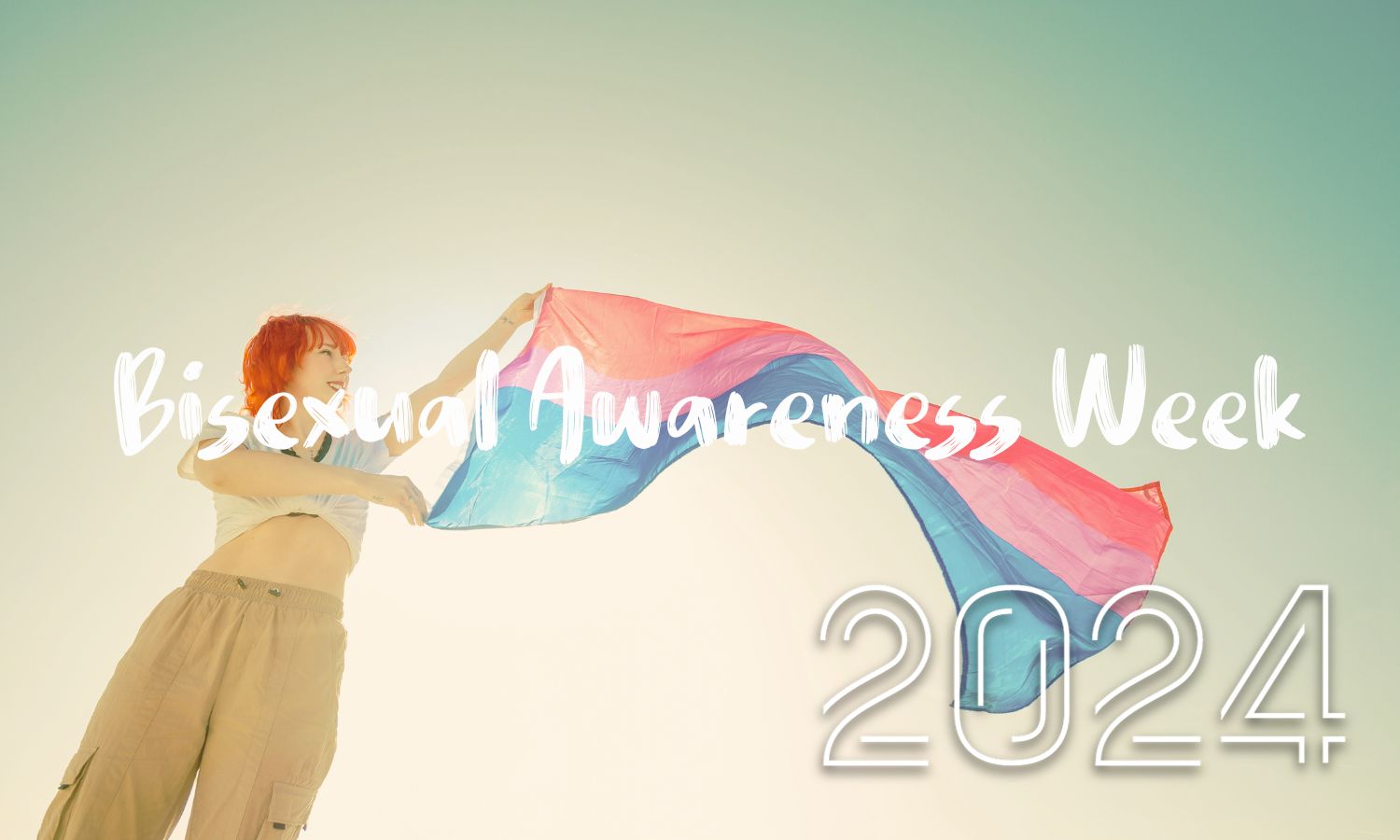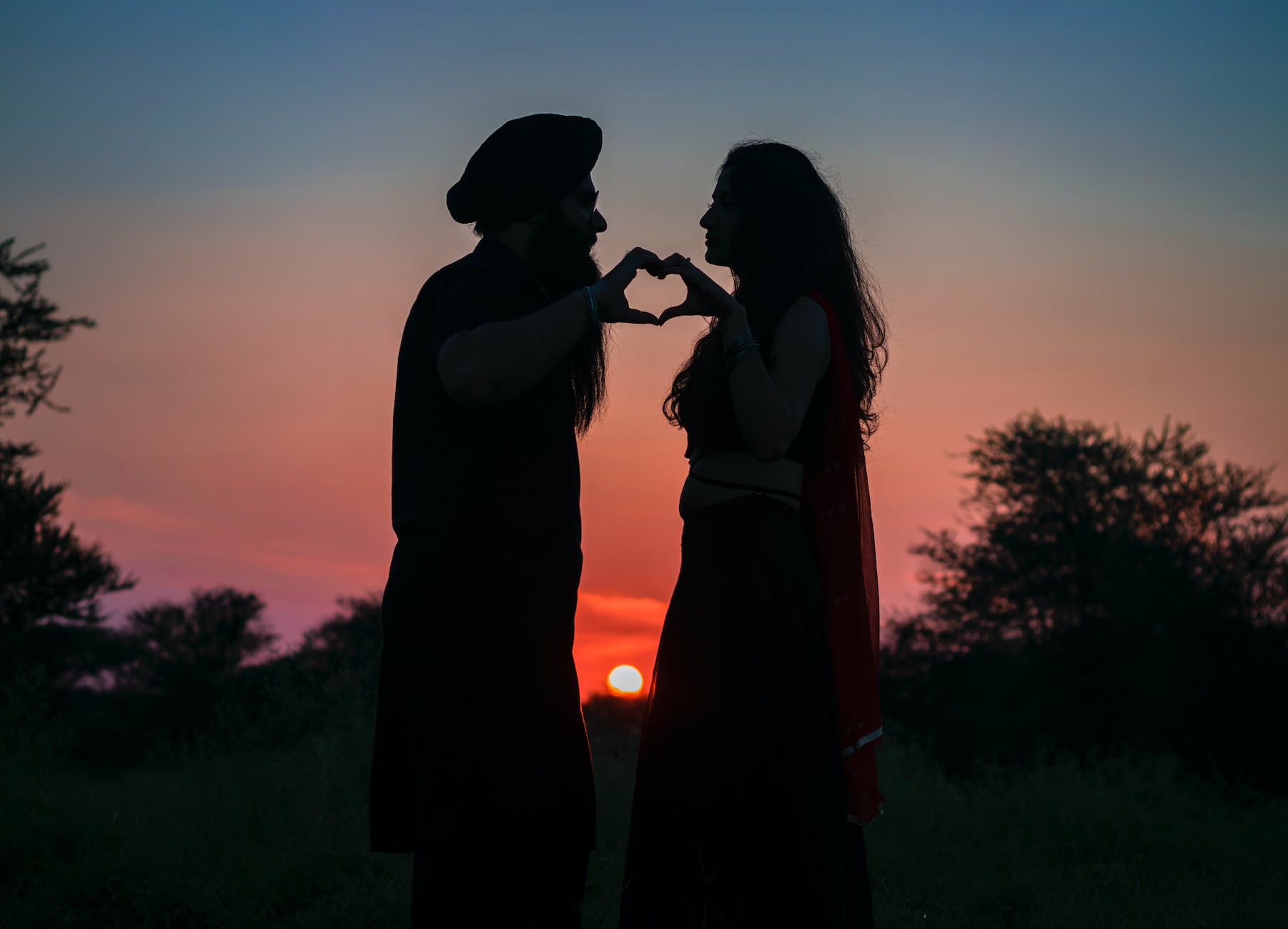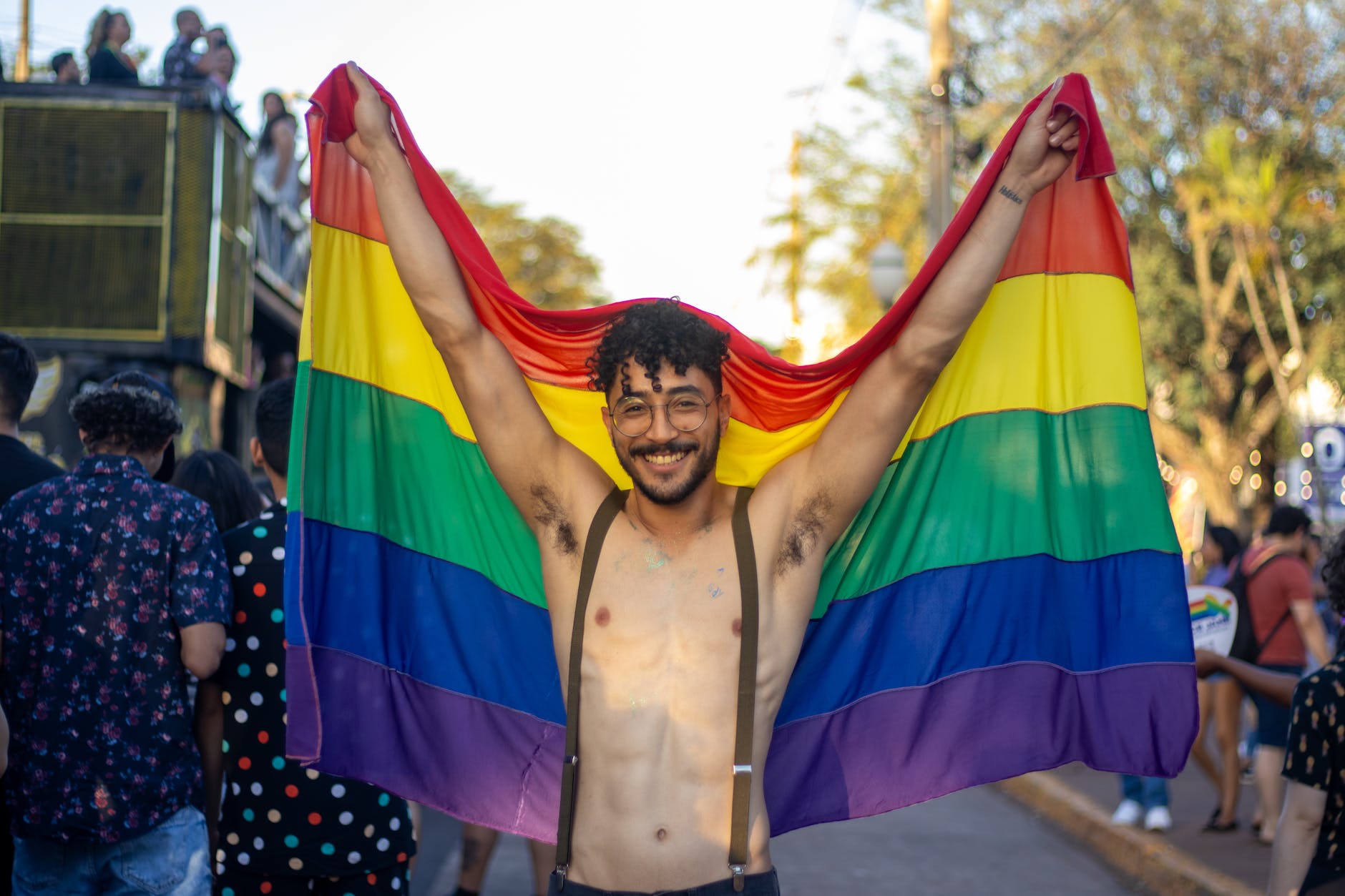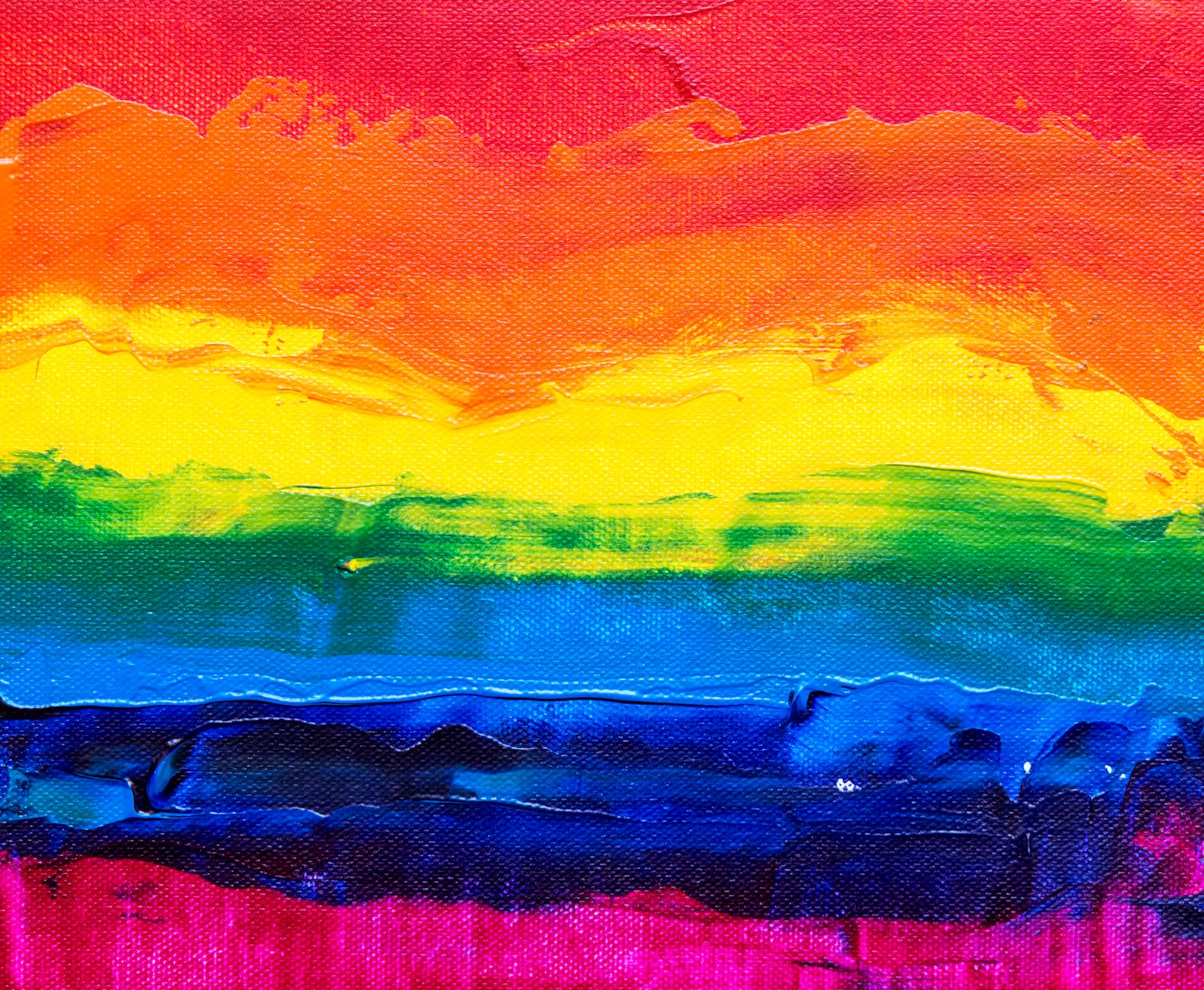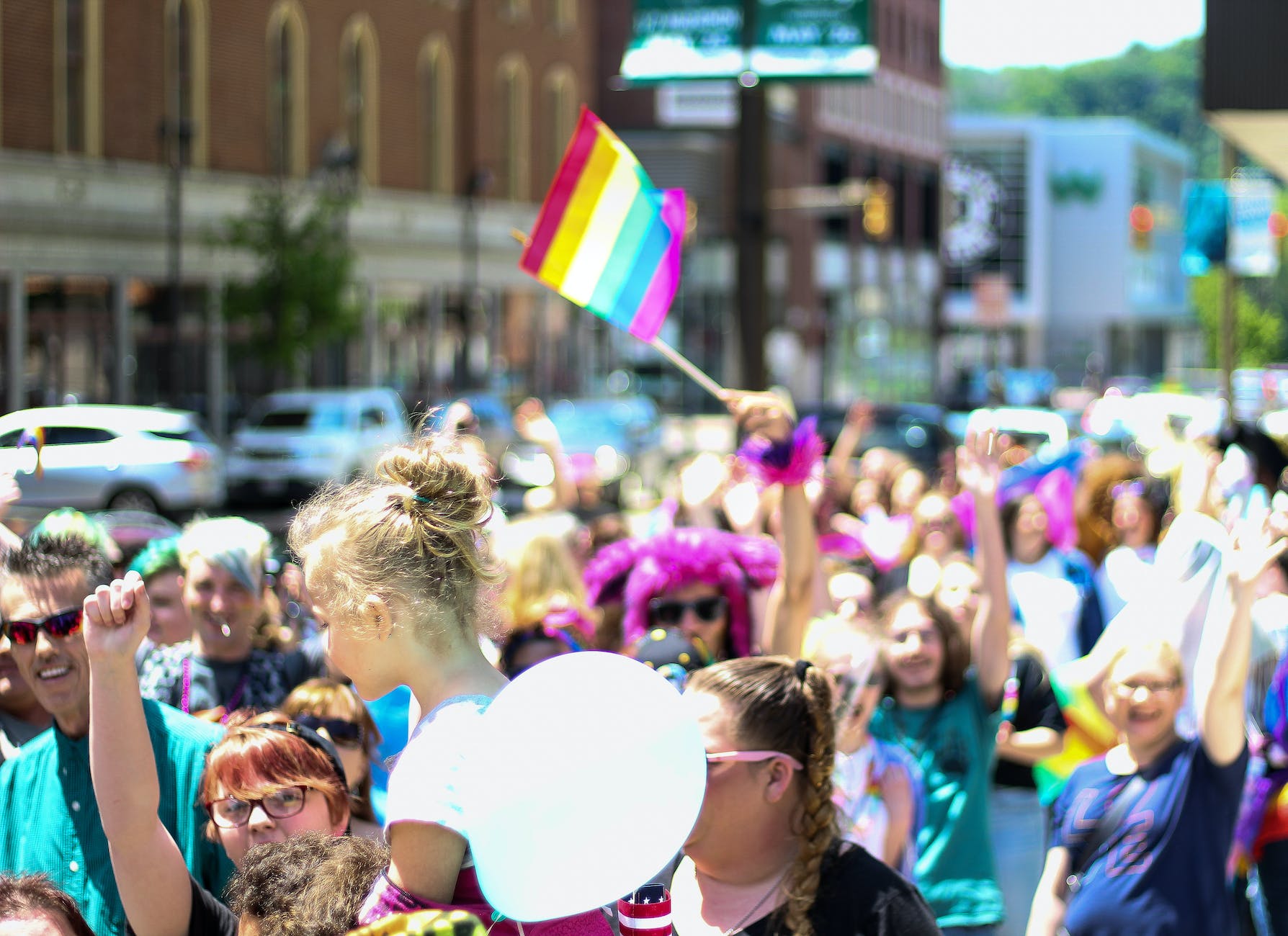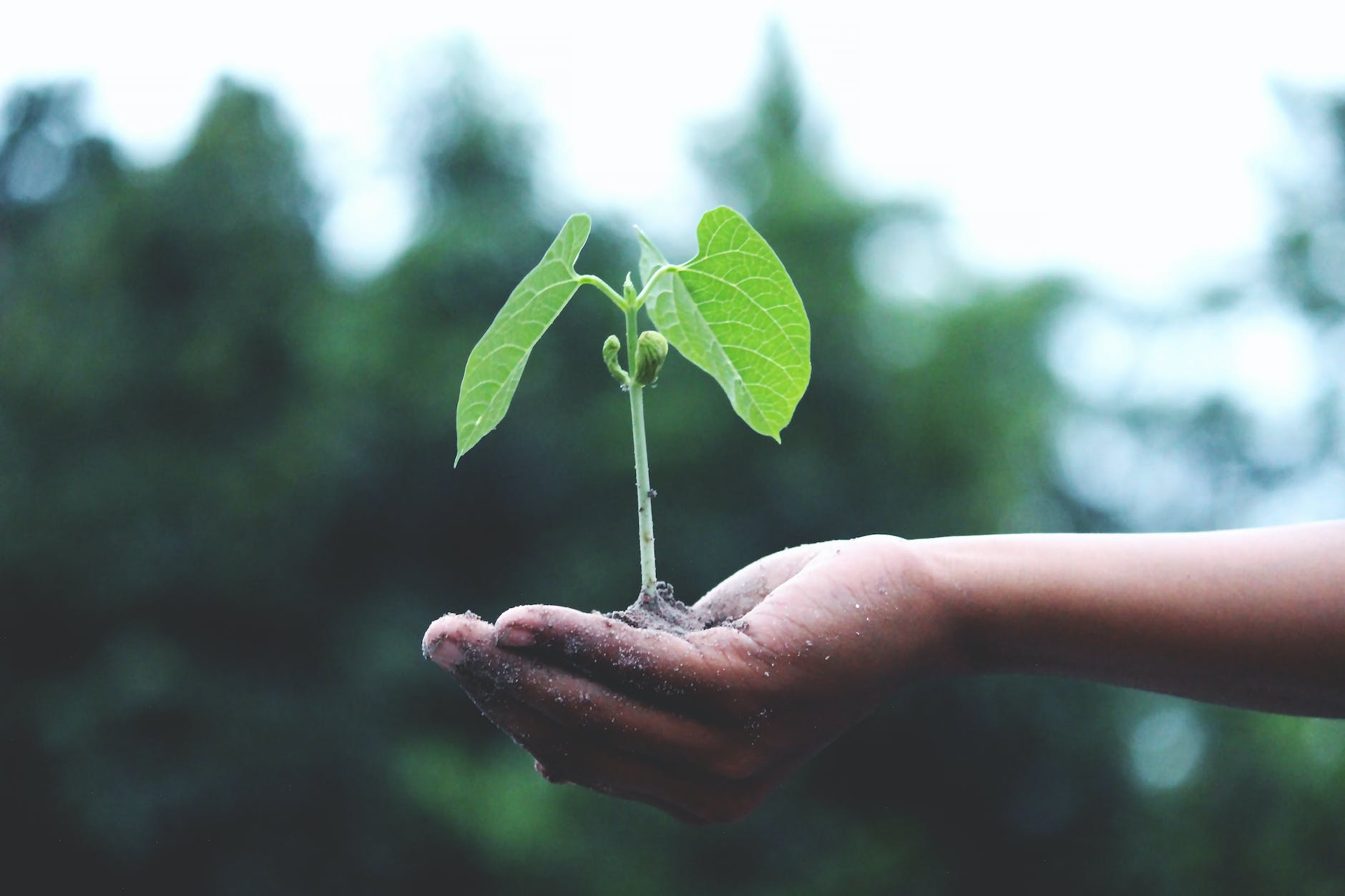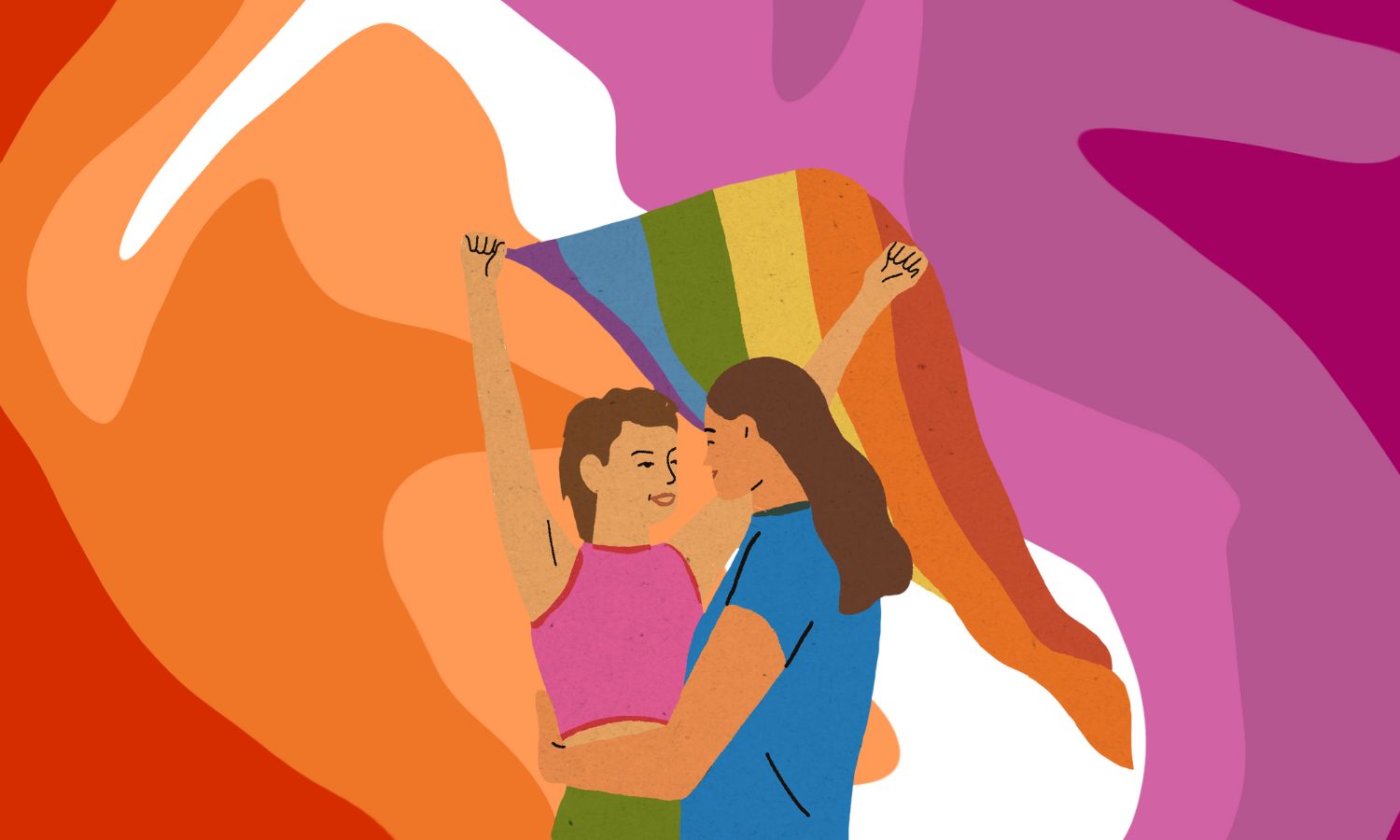When is Queer History month in Germany?
Queer History Month is an annual event held in Berlin, Germany during the month of…
0 Comments
Everything you ever wanted to know about the LGBT+ community. From flags to pronouns.

